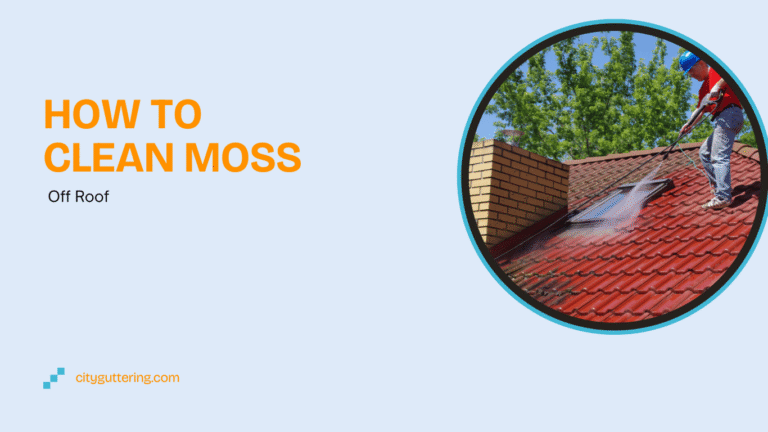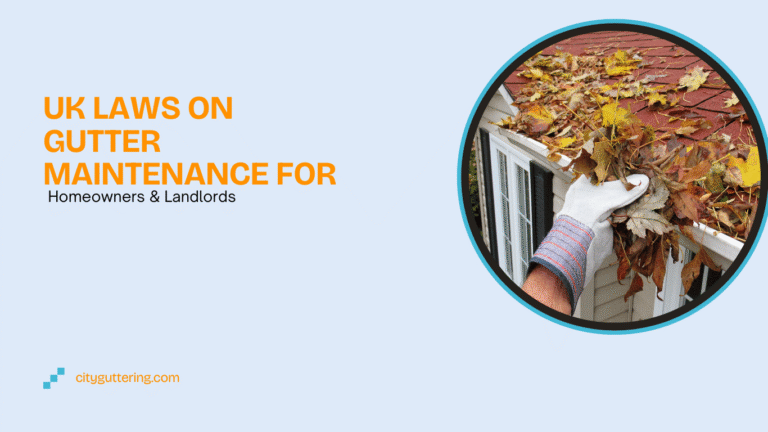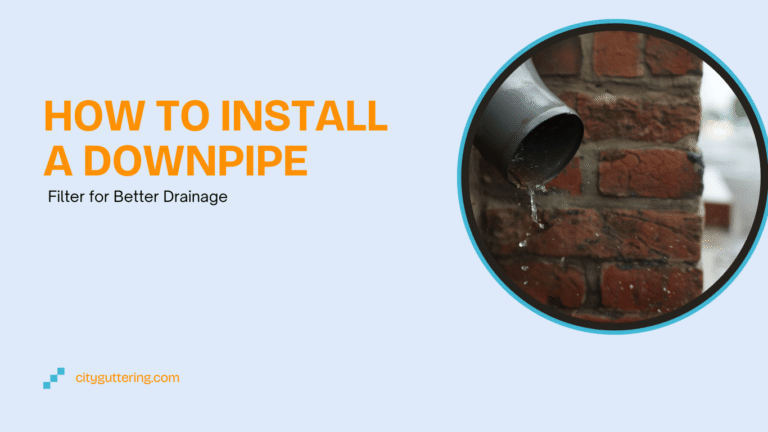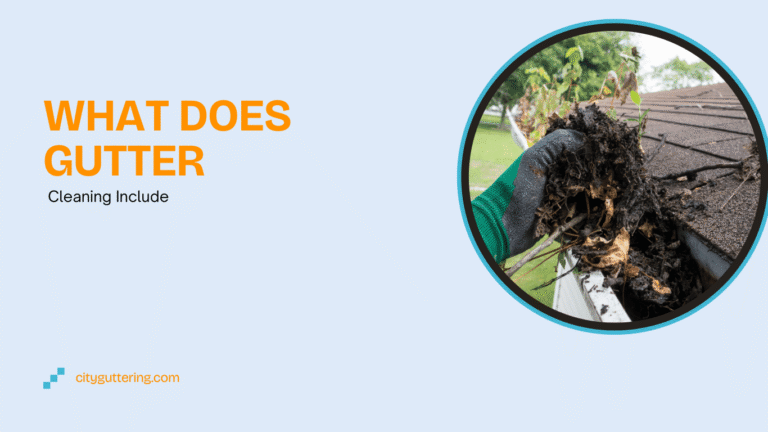Downpipes are a crucial but often overlooked part of a property’s drainage system. They carry rainwater from your gutters down to the ground or into drainage systems, helping to prevent structural damage, flooding, and mould growth. When these pipes are blocked, water has nowhere to go leading to costly repairs, rotting woodwork, and damaged foundations.
Maintain and Unclog Downpipes in London & Surrey
If you live in London or Surrey, maintaining your downpipes is especially important due to the city’s frequent rainfall and urban debris. In this post, we’ll break down how to keep your downpipes clear, how to safely deal with clogs, and when it’s time to get professional help.
What Causes Downpipes to Clog?
Several factors can lead to a blocked downpipe. Understanding these causes is the first step in preventing issues.
Falling leaves and twigs are common culprits, especially in the autumn months. Roof moss and sediment, such as granules from tiles, can wash into gutters and settle in the pipes. Birds or small animals may build nests in or near the pipe openings, creating blockages. Misaligned fittings or improper slopes in the guttering system can also restrict water flow. Lastly, a lack of gutter guards allows debris to enter freely, increasing the chances of clogging.
Signs Your Downpipes Are Blocked
Recognising the signs early can help avoid extensive damage.
Water overflowing from gutters is a clear indication that water isn’t flowing down properly. Gurgling or bubbling sounds suggest air and water are struggling through a blockage. Damp patches or mould on interior or exterior walls can indicate water escaping where it shouldn’t. Cracks in your foundation or brickwork may appear when water repeatedly pools at your home’s base. Detached or sagging downpipes may be caused by pressure building from within due to clogs.

Step-by-Step: How to Unclog a Downpipe Safely
Cleaning a downpipe doesn’t always require specialist tools. If you’re comfortable using a ladder and taking precautions, you can try these steps.
You’ll need a sturdy ladder, gardening gloves, a garden hose, a plumber’s snake or drain rod, a gutter scoop or trowel, and a bucket or waste bag.
Start with safety. Always use a ladder with someone nearby to hold it. Avoid working during wet or windy weather and wear gloves and eye protection, especially if working at height.
Inspect the gutter and top of the downpipe. Remove visible debris with your hands or a scoop. Pour a small amount of water to test whether the downpipe drains freely.
If water doesn’t flow through, try flushing it out. Insert a hose into the top opening and turn on the water slowly. If the water backs up, the blockage is likely deeper.
In this case, use a plumber’s snake or drain rod. Insert it from the top or bottom of the pipe and gently rotate while pushing to break up the clog. After dislodging the blockage, flush with water again to confirm the pipe is clear.
If the elbow joint of the pipe is blocked, remove it and clear the debris manually. Take care not to damage any fittings when detaching sections of pipe.

Tips to Keep Your Downpipes Clear
Prevention is always more effective than emergency repairs. Here are several practical steps to avoid future clogs.
Clean gutters and downpipes at least twice a year once in the spring and again in the autumn. Install mesh guards or filters at the top of downpipes to catch larger debris. Trim nearby trees and shrubs to reduce the amount of falling leaves. After storms or heavy rainfall, walk around your property to check for overflows or signs of blockage. Look out for leaks, rust, or disconnected joints and repair them promptly.
When DIY Isn’t Enough: Call a Professional
While many minor blockages can be resolved with home tools, there are situations where professional help is the better choice.
If the blockage is located underground or out of reach, it’s safer and more effective to bring in experts. Water leaking into your home, especially through walls or the ceiling, is a sign of serious drainage failure. If you’re unable to identify the source of the blockage or don’t have access to the right tools, a gutter specialist can resolve the issue faster and more safely.
At City Guttering London, we provide expert downpipe cleaning and repair across London and Surrey. Our team offers instant telephone inspections, emergency repairs, and free quotes within 45 minutes.
Why Regular Downpipe Maintenance Matters
Skipping downpipe maintenance can lead to more than just nuisance overflows. Here’s what’s at risk.
Structural damage occurs when water seeps into your home’s foundation or brickwork. Damp and mould can form on interior walls, creating health issues and ruining plaster. Overflowing water leaves visible stains on exterior surfaces. When water repeatedly pools at the base of a house, it can erode the soil and weaken structural integrity.
Maintaining downpipes not only prevents these problems but also helps preserve the look and value of your home.

Service Areas Covered
City Guttering London proudly serves residential and commercial clients across:
- South London
- South West London
- Central London
- Surrey
- Hampshire
Whether you need seasonal maintenance or urgent repairs, our team delivers fast, thorough service backed by over 200 five-star reviews.
Final Thoughts
Your downpipes are a quiet but vital part of your home’s defence against water damage. Regular maintenance can prevent expensive repairs and help protect the structural integrity of your property. While many homeowners can handle simple upkeep, don’t hesitate to contact professionals when needed especially if safety is a concern or the blockage is severe.
Need help with blocked downpipes or gutter maintenance?
Contact City Guttering London for fast, reliable service throughout London and Surrey. Get a free quote in under 45 minutes and keep your drainage system working as it should.
Frequently Asked Questions
Q. 1 How often should I clean my downpipes?
A. Twice a year is recommended once in spring and once in autumn. More frequently if your home is near trees.
Q. 2 What’s the fastest way to clear a blockage?
A. Start with a water flush using a garden hose. If that doesn’t work, try using a plumber’s snake or drain rod.
Q. 3 Can I install downpipe guards myself?
A. Yes, many guards are clip-on and require only basic tools. They can prevent larger debris from entering the pipe.





